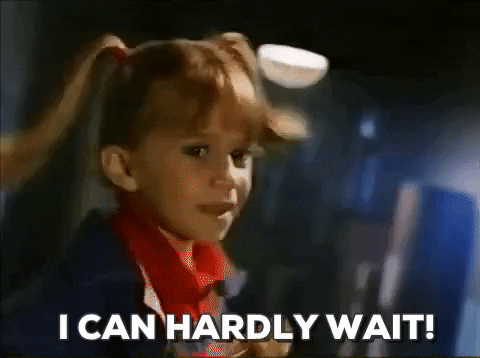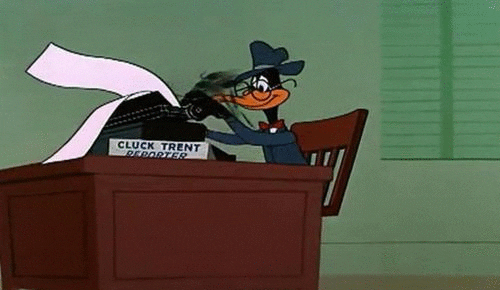Hi everyone, it’s Ally! I’m really excited to be updating you all again. Hailley and I have been busy finishing up interviews (only four more to go!) but I thought I could share a new step that we recently completed.
As we’ve been interviewing students, Hailley and I have allowed lots of creativity for students while they make their maps. Although each student hears the same set of directions, they all interpret our directions in different ways, resulting in maps that look drastically different from one another. This makes the maps a bit harder to read without context, however, we wanted students to fully express how they perceive their student engagement experiences without being limited by standardization.
Hailley and I have noticed two concepts that are most impacted by this map flexibility. First, we noticed that some students put down one sticker for one experience while other students put down multiple stickers for one experience, signaling continued involvement in one particular activity. Second, we found that some students will “nest” the different categories of student engagement by layering two different stickers on top of one another. Hailley and I have really enjoyed these map differences because it gives us strong insight into how students are thinking about student engagement. We think our semi-structured, exploratory style will pay off through rich data that can benefit the Penn State Student Engagement Network in future events and projects. However, we also recognize that these differences make it challenging for people to quickly interpret our student engagement journey maps. To make these maps easier to read, Hailley and I decided to create “detailed maps.” Essentially, we reviewed each map along with its corresponding interview and added additional information to a copy of the map. We then numbered each individual opportunity that students participated in so we can quickly pull data from a map.
The whole detailed map concept is a little confusing, so I’ve attached an example. Below is Brendan’s original map. Brendan is a senior in the College of Communications and was one of our first interviews in the fall.

Although Brendan included ten stickers, he did not complete ten individual student engagement experiences at Penn State. Below, I’ve attached Brendan’s detailed map. This will give you a stronger understanding of how many experiences Brendan was a part of.

This detailed map gives us lots of valuable information. First, it shows us that the four blue stickers represent the same organizational experience occurring each year. We can also see that the two green stickers are the same volunteering experience and the layered yellow and dark pink stickers are the same experience (a professional experience nested with a study-away experience). During his four years at Penn State, Brendan completed five student engagement experiences.
I hope this example gives you a better idea of what detailed maps are and why Hailley and I thought they were an important step in our research project. Now that the detailed maps are complete, we’re ready to code our qualitative data and finish up our last four interviews. We’ll definitely keep you posted. Thanks for reading!




